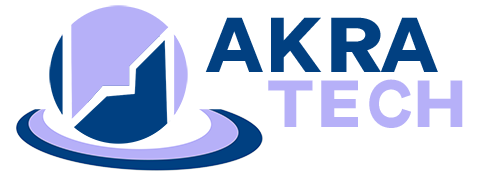Our dashboards have been designed to be flexible and customized as reporting tools
Our dashboard provides our clients an up-to-date view of the current status of his or her project/program
Our dashboard design would act as one of the most flexible and customizable tools proposed. It needs to be designed around the particular KPIs of a project/program. Since each project/program is unique, each project will have somewhat unique performance indicators and therefore will likely have a unique dashboard design.
Identifying the Key Performance Indicators
Our Design of the dashboard begins with the identification of the KPIs for the project. These typically can be found in tools such as the project business case or project charter
The project objectives, identified and quantified, define the end state of the project in terms of what value the project brings to the sponsoring organization. The KPIs quantifiably measure how well the project is performing toward the accomplishment of the project objectives.
We understand the KPIs which are part of a measurement hierarchy and ensure business outcomes support our client’s strategic goals, project objectives support the business outcomes, and KPIs support the project objectives.
Our strategic goal is have our client’s become leader in a particular market segment, a business outcome in support of that strategic goal would be first-to-market advantage with their new products or offerings. Our objectives define the project completion date that ensures first-to market position for the project outcome.
Two important KPIs we follow as part of measurement hierarchy are:
- Performance to schedule, and
- Resource allocation percentage (if resources are not close to 100 percent allocated to plan, schedule will likely suffer).
The KPIs identified in the dashboard directly measure performance toward achieving the objectives documented.
The KPIs represented in the dashboard shown in the diagram below include performance to schedule, performance to budget, performance to cost, and resource utilization.
Our Dashboard Layout
There are many types of dashboards we use through out of box project management tools and available as reference for designing your own customized dashboard that represents the information most relevant and critical to our client’s project.
The design of the dashboard would be graphical in nature, provide a variety of project status measures and should be concise as suggested below.

Our project dashboard provides many benefits to our Clients.
- Helps our client focus on the key performance indicators and how the project is operating relative to the indicators.
- To gauge exactly how well a project team is performing, the dashboard allows to capture and report specific data points relative to the KPIs.
- The visual nature of the project dashboard provides a concise snapshot in time of project performance that enables quick analysis of progress, as well as easy identification of data outliers and correlations (e.g., correlation between resource utilization and schedule performance).
As the trend information is included in the dashboard, it give the client ability to make informed decisions based on both past performance and future prediction of performance. Used in this manner, the dashboard becomes a valuable decision support tool that is based on business intelligence.
Reporting Tool
Our reporting tools provide status to top management on a regular basis, both in informal or more formal reviews. The performance indicator can be used by the managers to summarize the overall status based upon the input and discussion with the team. There is a direct correlation between the summary status report and the performance indicator.
The indicator will be a presentation device to communicate the information contained in the summary report. The tool gives high-level view of the project / program and help to determine if the project / program remains successfully on track or if there are potential barriers and issues that must be addressed.
We have a common performance indicator format in use on all projects / programs for consistency and comparability of information. The reporting include all critical project elements that are important to top management so that they can quickly evaluate progress and determine which need more of their focus and attention.
Performance indicator begins with understanding the information that should be included and communicated in the informal or formal review with top management. It is useful to top managers if all project indicators are consistent in form and content.
We follow the 80/20 rule; 80 percent of the information contained in the project indicator should be common to all projects being evaluated by the organization’s top management, and 20 percent of the information should be unique to each project. In general, the project indicator should include the following information:
- Significant changes to the project.
- Work completed since the last review.
- Work planned during the next reporting period.
- Performance against plan.
- Issues encountered.
- Risks identified
We choose the right reporting tools based on the project performance reporting situations. Matching the tools to their most appropriate usage is sometimes a bit confusing. To help in this effort, we follow various performance reporting situations and it is advised to choose the right tools that are geared for each situation. We use this table as a starting point, and create an own custom situation analysis and tools of choice to fit particular management style of our customer.
- Collaborative Information to report
- Custom reporting information based on project/ program life cycle
- Communicates performance against objectives
- Communicates performance against operational KPIs
- Communicates functional status to project / program manager
- Communicates overall project status to top managers
- Describes current issues
- Communicates project trends and risks
- Best for written status reporting
- Best for verbal status reporting
